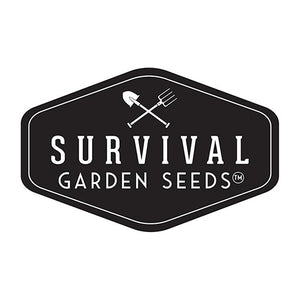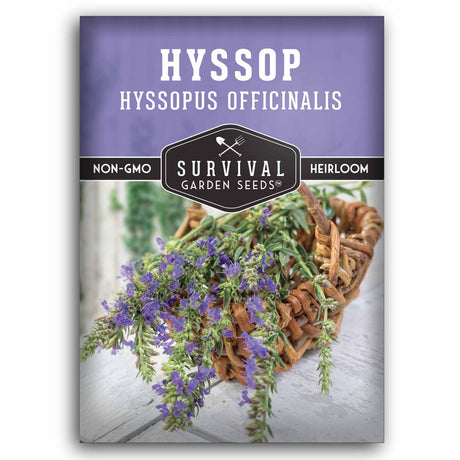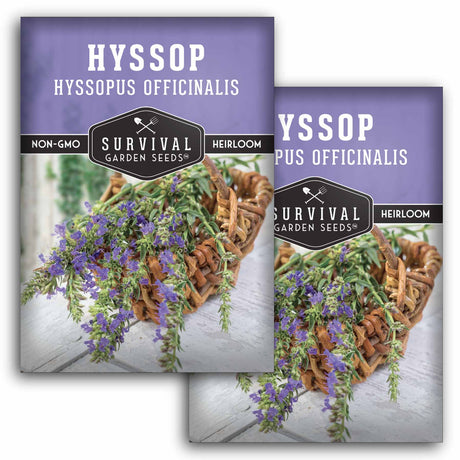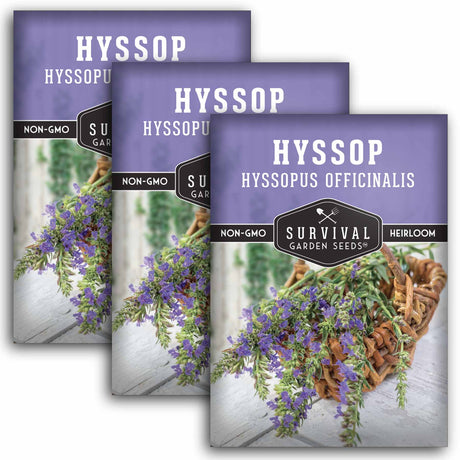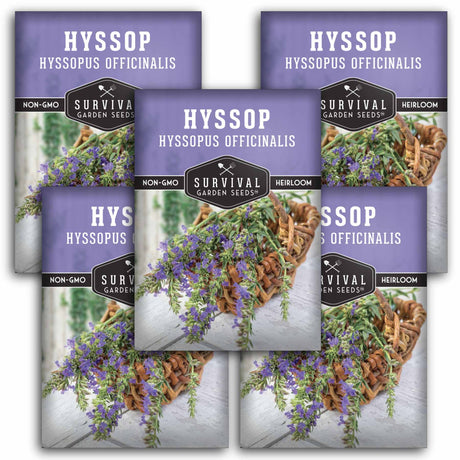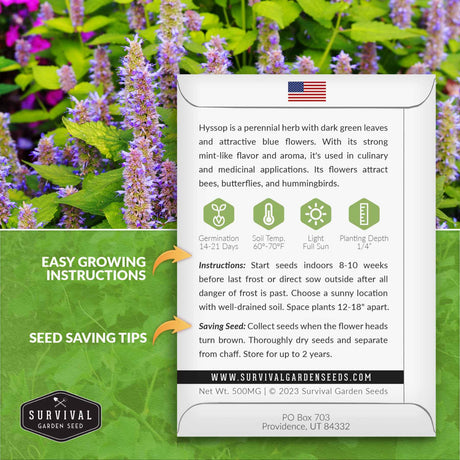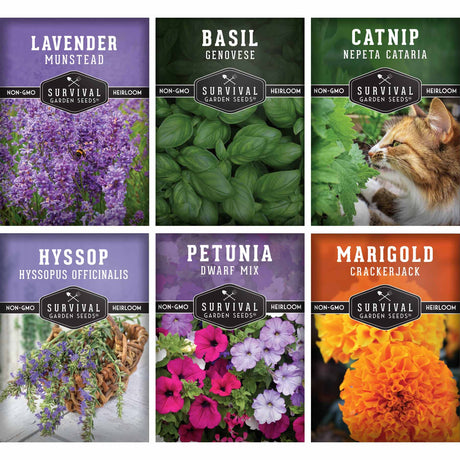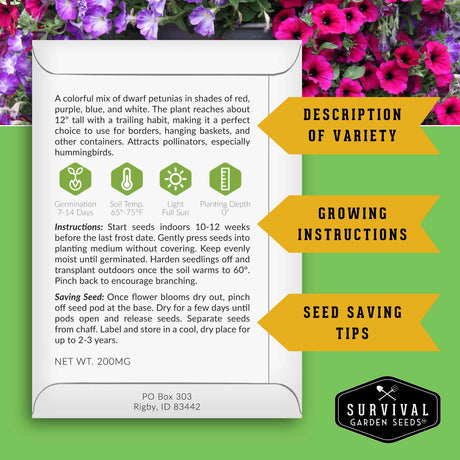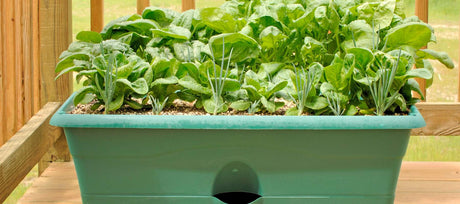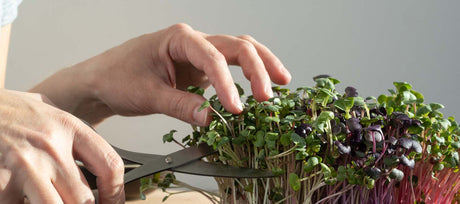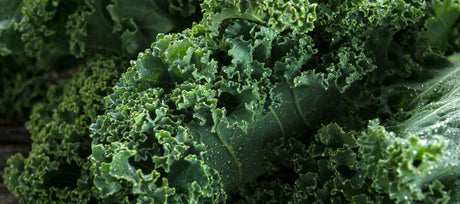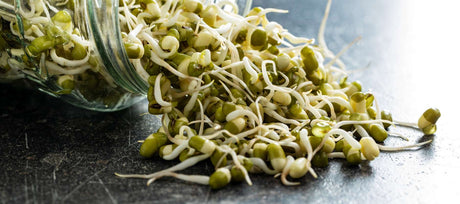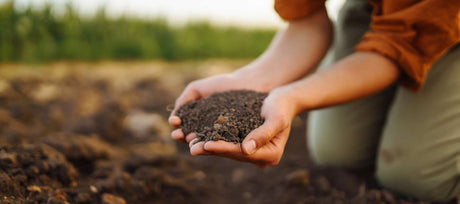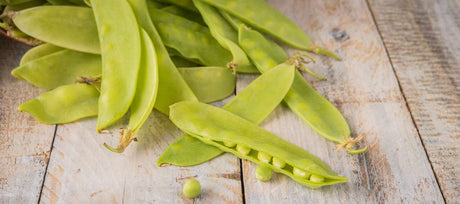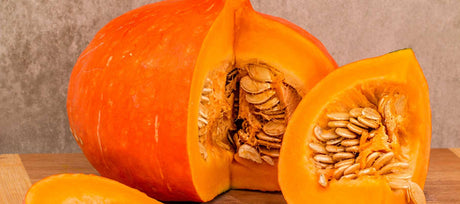Survival Garden Seeds offers hyssop seeds, ideal for gardeners wanting to add this fragrant and beneficial herb to their gardens. Our non-GMO seeds are selected for their growth vigor and flavor, ensuring a healthy and aromatic harvest.
Growing Hyssop Seeds in Your Herb Garden
- Minty fragrance and flavor
- Vibrant blue to purple flowers
- Attracts pollinators, especially hummingbirds
- Heirloom, non-GMO seeds
INTRODUCING HYSSOP SEEDS
Hyssop, or Hyssopus officinalis, has been valued since ancient times for its therapeutic properties as an expectorant and an antiseptic. Hyssop flowers and leaves have a minty, mildly bitter flavor. They are added to soups, salads, and meats, and are used in teas and liqueurs. Hyssop originates from regions of Southern Europe to Central Asia. Today, it is suited for growth in USDA hardiness zones 4 to 9, adapting well to different garden environments.
PLANTING HYSSOP SEEDS
Plant hyssop seeds in spring or fall. They go either directly in the garden, or they can be started indoors for early growth. Lightly cover the seeds with soil. They need some sunlight to germinate successfully. With a germination time of two to three weeks, hyssop seeds require patience. Make sure they have consistent soil moisture to sprout well.
MAINTAINING HYSSOP PLANTS
When hyssop plants are established, they are relatively easy to care for. They prefer full sun but can handle partial shade. While they tolerate drought, moderate watering helps maintain vigorous growth. Pruning the plants after flowering encourages more blooming. Harvest hyssop leaves and flowers in the morning. Their essential oils are most concentrated then. The herb can be used fresh or dried.
With Survival Garden Seeds, cultivating the hyssop herb in your garden can be quite easy. Have patience until they sprout, and enjoy their blooms and leaves, in cooking, teas, or for welcoming pollinators to the garden.

